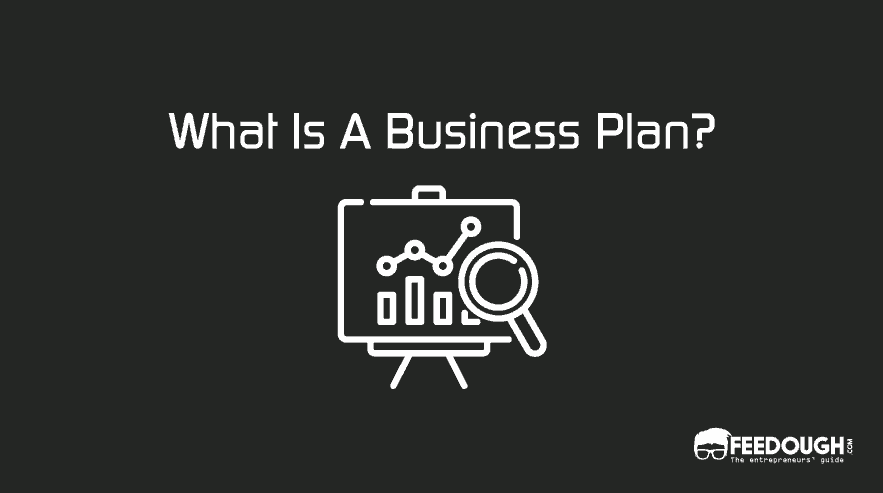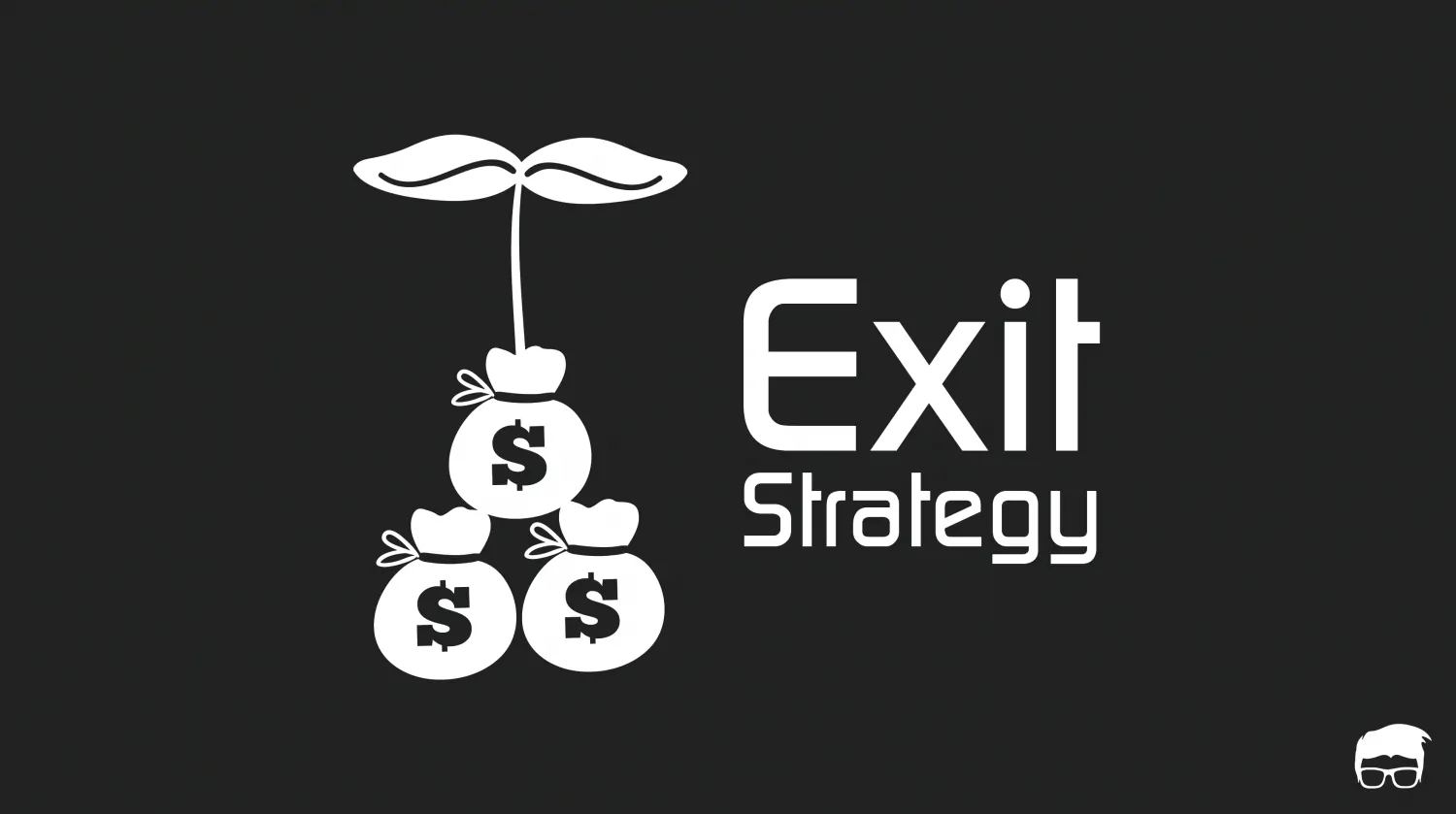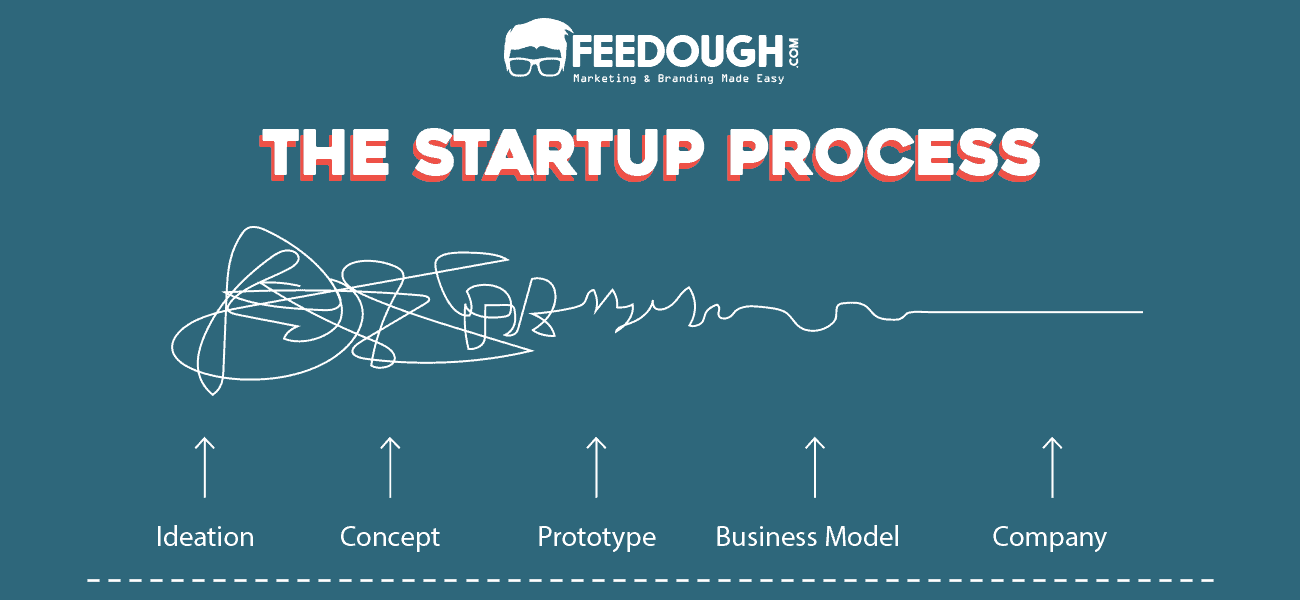So, you’re an entrepreneur who has perfected his startup idea, got the right team on board, and has built his startup’s business model. Now all you’re missing is a great business plan before you prepare your pitch to woo investors.
Now, if you’re a first-time entrepreneur, there must be many questions in your mind like – is there a perfect template for a business plan? How do you begin writing a business plan? Does a business plan only help in securing funds? What all should you include in your business plan? How long a business plan should be?
Well, if you’ve read our article on what is a business plan, you would have already got half of your answers. Now for the remaining half, read on!
Types of business plans
With the changing trend and the advent of the lean perspective and methodology, the business plans can be categorized into two types –
- Lean Business Plan
- Traditional Business Plan
Lean Business Plan
The lean methodology has entirely changed the process of business planning. This type of business plan focuses on no-frills ever-evolving strategy which is usually crafted for internal management and not for outsiders.
A lean business plan is a one-page business plan which usually is populated using bullets and essential data, facts, and stats. It is a one-paged streamlined core plan for the business which includes:
- Strategy: which explains your identity, your target market, the problem they are facing and your solution to that problem.
- Execution: which includes production, distribution, financial, sales, and marketing tactics which are or will be used by you to deliver what you promise.
- Specifics (Assumptions, Milestones, Metrics, and Schedule): which include industry specifics to back up your offering. These include a list of assumptions, milestones, performance metrics, and review schedule.
- Forecasts (Sales, Costs, Expenses, and Cash): which includes what is expected from the business in the future and what is required for the same. It consists of sales, costs, expenses and cash forecasts.
Traditional Business Plan
The traditional business plan is the business plan as we know it – crafted both for the internal as well as the external audience. It is more detailed and answers all the questions related to the business of the startup. The plan consists of 11 sections which explain everything related to the internal and external environment and characteristics of the business.
Rules To Follow While Writing A Business Plan
There are as many ways to write a business plan as many there are brains. However, there are three unspoken rules to how you should approach to writing a business plan. These are –
1. Keep It Crisp
Always follow the KISS (Keep It Simple, Silly) approach while writing your business plan. A short and crisp business plan with all the necessary information is always preferred over a lengthy business plan with unnecessary information. Investors are not going to fund your startup on the basis of the number of pages of your business plan but on the basis of the potential of your business idea, the structure of your business model, the market scenario, and the expertise of your team.
2. Keep The Audience In Mind
One of the mistakes which entrepreneurs often commit is that they use industry-specific terminologies and language which is often hard for investors and the outside world to understand.
Craft your business plan keeping its readers in mind. Consider their abilities and shortcomings to get the best response.
3. Include both the internal and external scenario
Many entrepreneurs explain everything about their business idea and business model in their business plan but often forget to mention about the competitors and the market scenario. The market scenario is as important to the investors as your product is.
How To Write A Business Plan?
Now that you know the types and the unspoken rules of writing a business plan, it’s now time to discuss how to write a business plan.
How To Write A Lean Business Plan
Writing a lean business plan isn’t that hard when compared to a traditional business plan. All you need to do is to divide the plan into 12 different sections and populate them using short and crisp bullet points. The sections of a lean business plan are:
- Startup Identity: This is a one-sentence summary of your business. It includes who you are, what you do, and your value proposition. For example, an email marketing company’s identity will be: ‘We are abc email marketing Pvt. Ltd. We offer customised and personalized email marketing services to ecommerce startups to help them increase conversions.’
- Target Market: This is the market segment you’re planning to serve to. Mention your customers’ demographics, psychographics, geographics and behaviour in this section.
- Problem Worth Solving: This includes the specific problem of the target market that you’ll be solving. Frame the sentence in a way to answer ‘why they require your offering?’.
- Our Solution: This is your offering in the market. Explain how this product or service solves the problem mentioned above better than anyone else.
- Competition: Who are the other players in the market. What do the customers like about them? What do they don’t like?
- Sales Channels: This includes the distribution channels you’re planning to use to sell your offering.
- Marketing Activities: How are you going to reach your customers and promote your offering. This includes the holistic marketing strategy that you’re going to execute.
- Revenue Sources: How many revenue sources do you have? What is your primary source?
- Expenses: What are the major expenses that you’ll incur?
- Milestones: This section includes the short-term and long-term goals of the business.
- Teams & Key Roles: Who all are here along with you, what are their expertise and what role do they perform in the company.
- Partners & Resources: Do you rely on key partners? Who are they and how do they help you? For example, Uber will include taxi drivers as key partners here.
How To Write A Traditional Business Plan
Traditional business plans are in-depth business plans targeted to both internal and external audiences. It consists of detailed 11 sections which explains everything about internal and external characteristics, short-term and long-term goals, and marketing, branding, and funding strategies of the startup.
- Executive Summary – This is just like the startup identity of the lean business plan. It includes a brief overview of the entire business idea, the offering, business goals, target market, competition, the team and the financial outlook of the business.
- Company Description & Synopsis – This is a more detailed description of the company which includes its legal structure, industry, goals, operational structure, philosophy, and the USP. These details are followed by explaining the problem the company is solving and the solution which makes it stand out of the competition.
- Market Overview – Market overview section of the traditional business plan is a detailed review of the current market scenario and future forecasts. It focuses on the size of the market, market trends, success stories, what is working and what isn’t, and what is being favoured and expected by the customers in the market. This section is populated with an aim of making the reader believe in the entrepreneur’s assumption that the chosen market is an apt market for their offering.
- Customer Analysis – This section explains the prospective/existing customer to whom the offering is directed to. It includes his persona which includes his/her demographics, geographics, psychographics, needs, wants, desires, buying habits, etc.
- Product/Service Overview – This section is dedicated to the offering. It includes answers to all whats, whys, wheres, and whens related to the product.
- Business Model – The business model explains the entire business structure of the company. If you were Uber, you’d state here how your app operates, how the customer books the cab, how the cab drivers (partners) receive the information of the booking and how both of you are paid.
- Revenue Model – The revenue model explains the intricacies of how the business makes money; what are the primary sources, what are the secondary sources, what are the expenses and what all comes as the net profit to the company.
- Competitive Analysis – This section is dedicated to explaining about the competitors – who they are and what makes them different. This section also includes the limitations of their offering and how the company is planning to capitalise on them.
- Marketing Plan – The marketing plan includes strategies derived from all the data explained above. It explains how the company is planning to reach out to the customers, communicate about the offering and the offers, distribute the offering, and stand out of the competitors.
- Management Team – This section gives the information of all the members on board, their qualifications, experience, and their posts in the company.
- Funding & Financials – Funding and financials form the conclusion, but it is the most important section of the business plan for startups as it states the cost of the execution of the business plan. It includes all the short-term and long-term financial requirements and funding goals and how the investors can help the company achieve them.
The Startup Process
We know how important your dream business is to you. Therefore, we’ve come up with an all in one guide – The Startup Process to help you turn your vision into reality.
A startup consultant, digital marketer, traveller, and philomath. Aashish has worked with over 20 startups and successfully helped them ideate, raise money, and succeed. When not working, he can be found hiking, camping, and stargazing.








